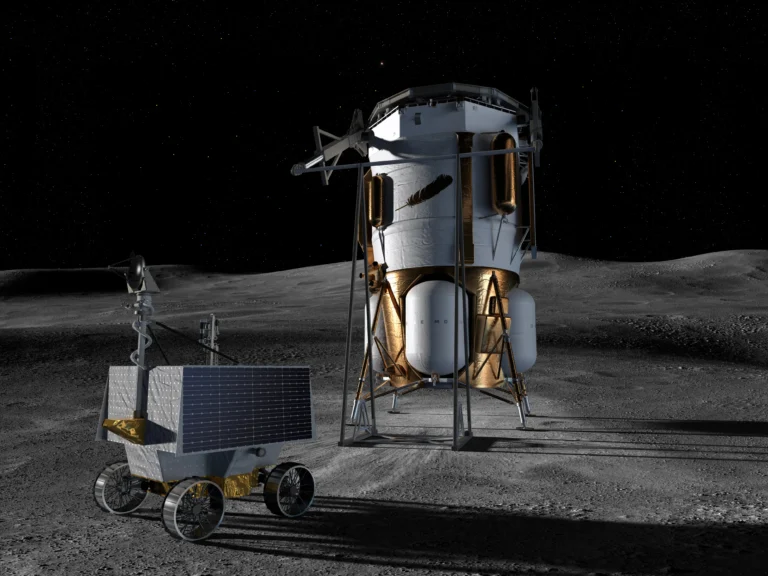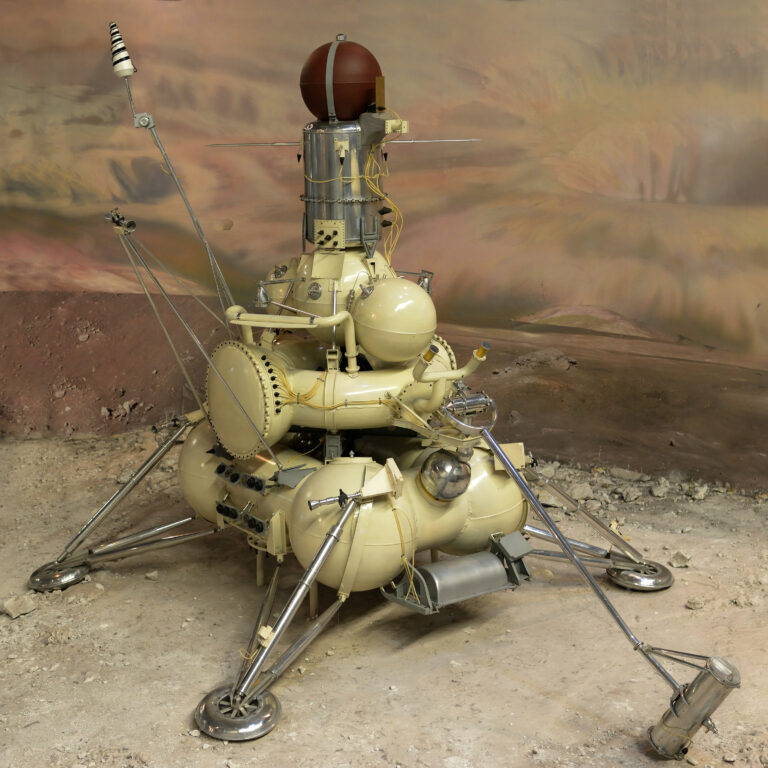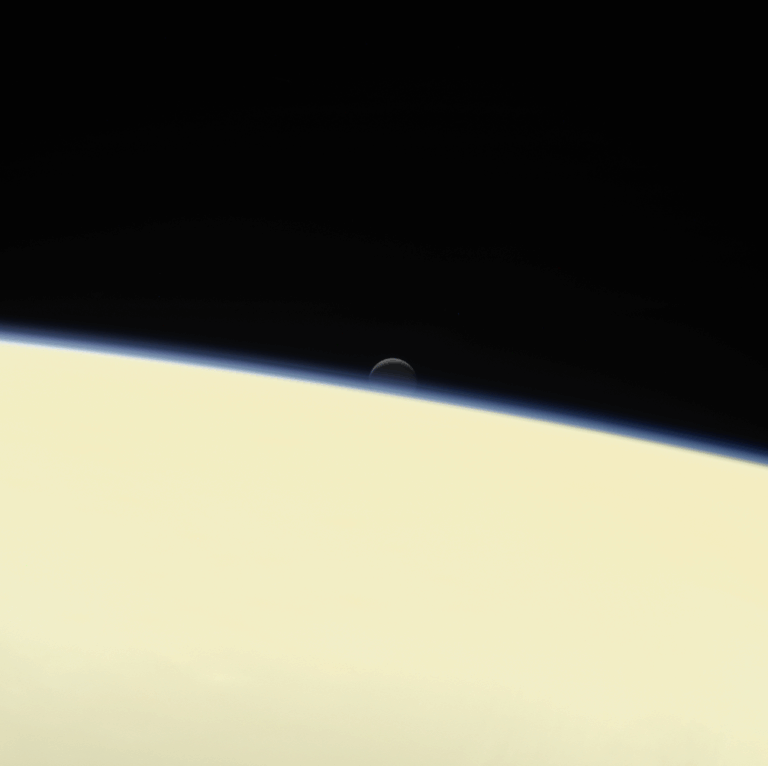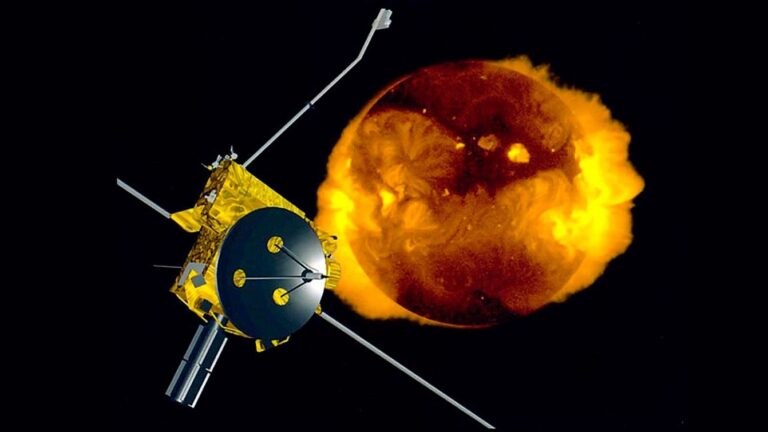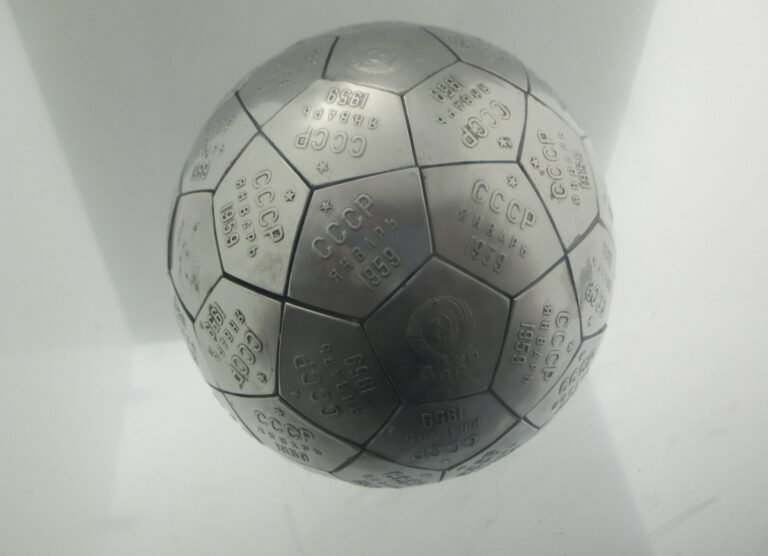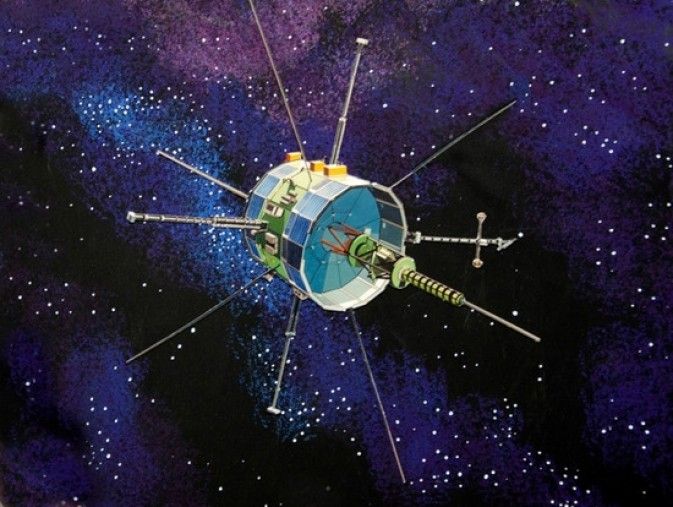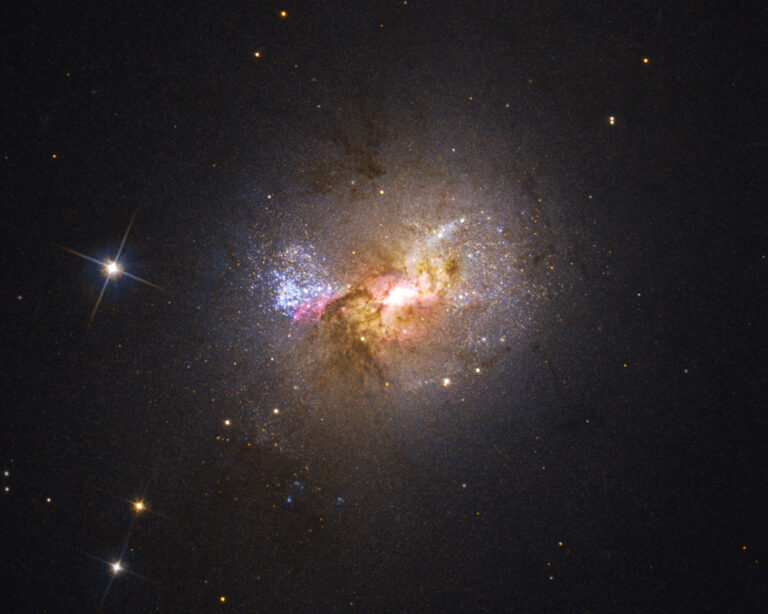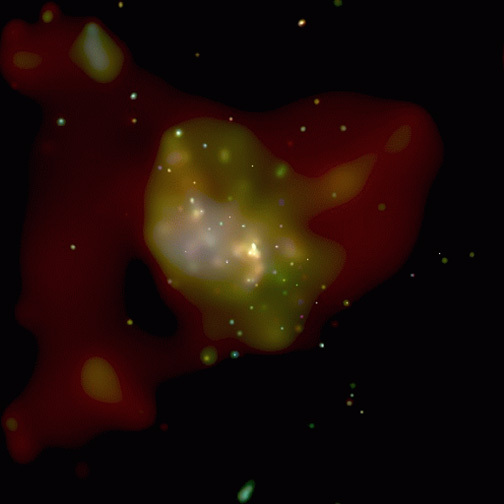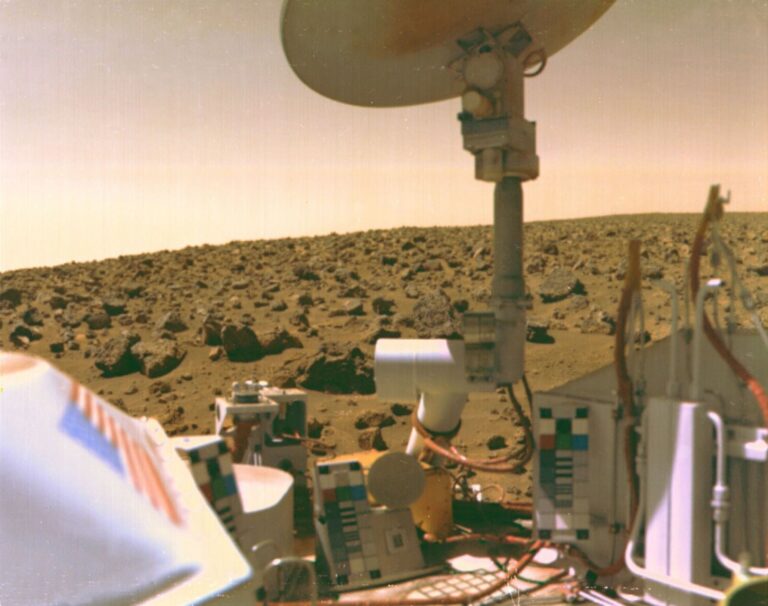Key Takeaways:
Located some 25.2 million light-years away, the face-on spiral galaxy NGC 6946 has been busy lately. In the last hundred years, astronomers have witnessed about 10 supernovae popping off in this galaxy alone, while our own Milky Way experiences just one or two supernovae per century. And thanks to the frequency of supernovae occurring in NGC 6946, many prefer to call it the Fireworks Galaxy.
But with death comes rebirth — and the numerous stellar nurseries within the Fireworks Galaxy support this notion. In the galaxy’s spiral arms, clouds of mostly hydrogen, and some heavier elements spewed out by previous supernovae, are congregating in safe spaces where newborn stars can gestate for millions of years. So, although NGC 6946 might appear to be losing stars at an alarming rate, it’s also quickly replacing them with the next stellar generation.
For the time being, it seems, the Fireworks Galaxy is still far from its Grand Finale.


